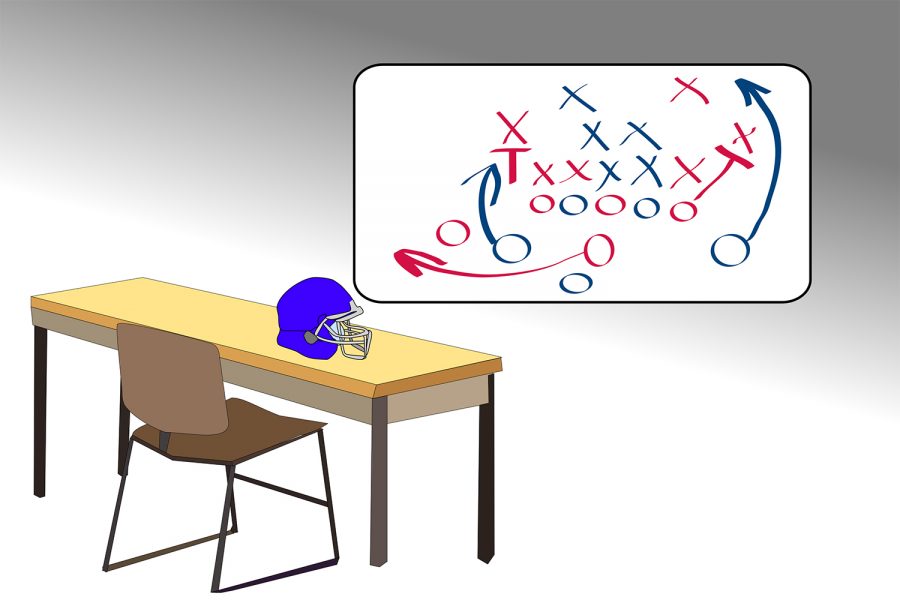Opinion: Building the Bandwagon
FAU football is capable of influencing school-wide change.
September 13, 2016
Success on the field is followed by success in life. That’s the order in which things are supposed to go for student–athletes, or that’s what our coaches taught us in Pop Warner and through high school.
The general principle is solid: Work hard for your team, then work hard in the classroom. Wins here lead to A’s there, and so forth.
The same principle can be applied to the growth of a university. Wins on the football field lead to more dollars, which can be parlayed into books and professors and all sorts of wonderful scholastic capital.
Football players become involuntary recruiting agents, serving as marketing ambassadors who stitch the logos on their helmets into the T-shirts of children and students around the country. It’s no secret that college football is incredibly profitable, according to Forbes’ Chris Smith, the Texas Longhorns generated a Football Bowl Subdivision record of $121 million last season alone. Football is a powerful tool in this way, one that the Owls have wisely invested in with the construction of the stadium and continued promotion of the team.
Relatively young in comparison to its in-state peers, FAU has a long road to travel in building a national reputation, but focusing on the growth of its football program is a safe place to start. It’s no coincidence that UF and FSU both have great football programs, people pay attention to winning programs.
Students can enjoy the tailgates and (occasionally) stick around for the games, and neighboring residents can bring the whole family out for an afternoon of fairly priced collegiate competition. This isn’t rocket science, this is America where football is adored by hundreds of people. But right now, FAU football is hardly the epicenter of Boca Raton.
The 50 states’ love affair with pigskin and shoulder pads made its way into the education system decades ago, and this system of big name credibility severely disadvantages less established up-and-comers like FAU. The University of Florida, for example, played its first football season in 1906, whereas the Owls took the field for their inaugural season in 2001. Those same 110-year-old Gators narrowly escaped an upset at the hands of the Owls at home just last season.
Fair or not, FAU needs to drag itself up from the bottom of the standings if it ever wants to climb up the U.S. News “Best College” rankings, where they are currently not posted. Students are attracted to schools with big football programs, as shown by Douglas J. Chung during a 2013 study, “When a school rises from mediocre to great on the gridiron, applications increase by 18.7 percent.” There is a clear correlation between attracting potential students, which leads to university growth and increased selectivity, and a good football team.
Tweeting about tailgates and promoting the games are students’ most useful avenues for bolstering the school’s reputation. Dollars and energy could be better used elsewhere in terms of providing students with a better education, but the football team provides the best vehicle for making FAU a household name.
If students are truly serious about putting FAU on the map, start showing up to football games. Support the team, because they stand as our only hope of becoming legitimate contenders in the classroom. There’s a long way to go, and building a powerhouse football program doesn’t happen overnight, or even in 20 years, but students have the power to push this thing a little faster. See you all at opening kickoff.







Matt Kline • Sep 13, 2016 at 9:40 pm
Needs serious copy-editing.